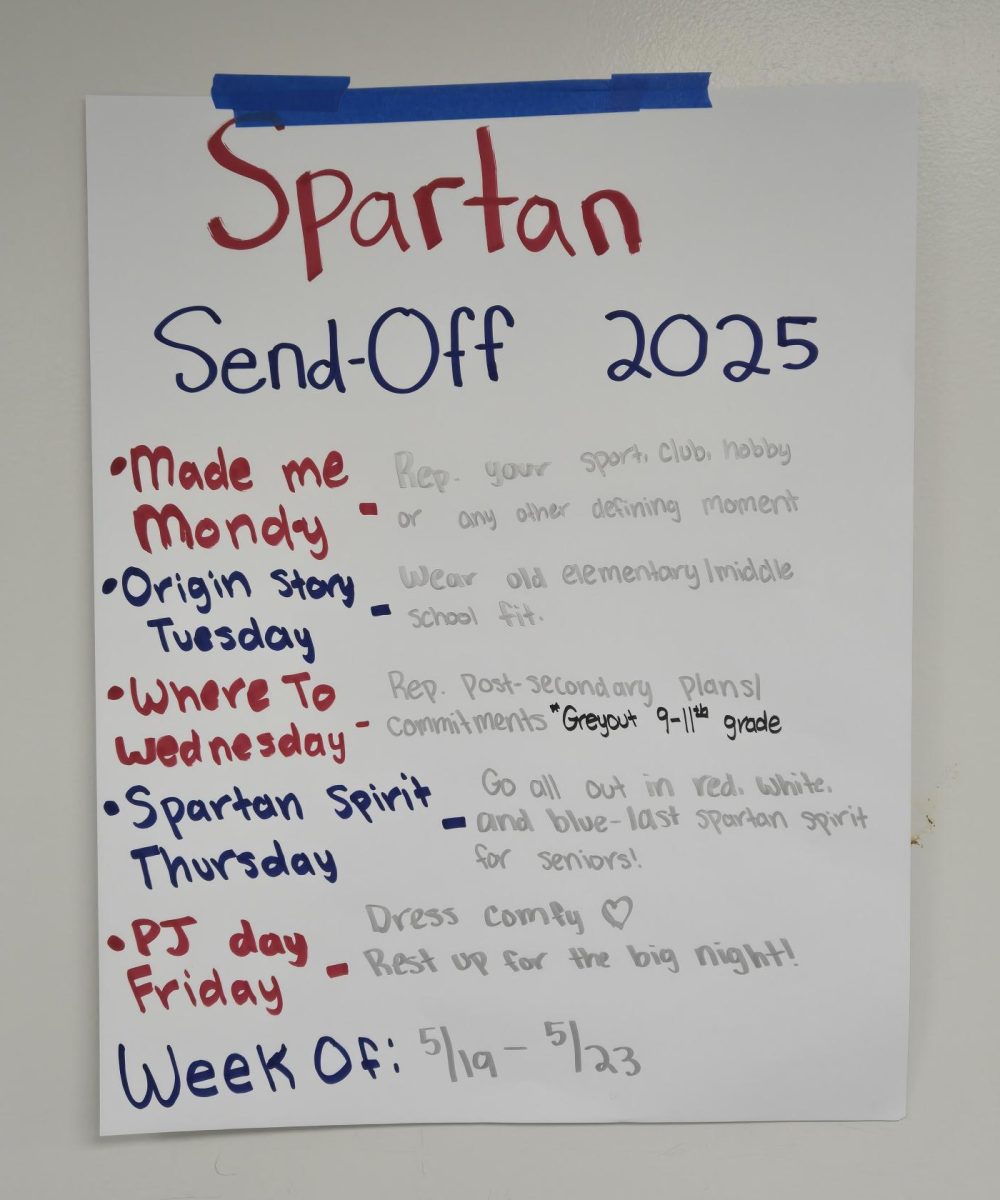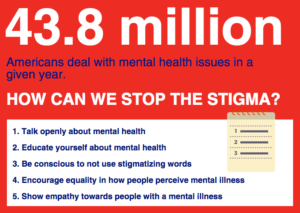Minnesnowta weather causes seasonal depression
Winter is an extremely hard time of year for many people. The sun goes into hiding and the days seem dark and unbearably cold. Sickness is going around and for some it’s hard to find activities to do. It’s reasons like these that can cause people to suffer from seasonal affective disorder (SAD), otherwise commonly known as seasonal depression.
With the 2017-2018 year being a very long, cold winter it has been a struggle for many people to keep a positive attitude. Orono has had its first snow day in 10 years and students have been dismissed early from school or arrived late to school on several occasions due to weather and road conditions–most recent being the late start on April 16. Students were informed around 9:15 p.m. on April 15 that school for the next day would be scheduled to start two hours later than usual.
“I definitely notice that I’m in a worse mood in general in winter. I’m not sure if it has to do entirely with the bad weather and being stuck inside for months on end or if it’s because winter is the middle of the school year and I am super stressed out,” junior Caroline Robson said. “It’s hard not to be affected by seasonal depression especially while living in Minnesota and we are on our sixth month of winter.”
Seasonal depression most commonly starts around the fall time and continues throughout the winter. Although less common, symptoms can also start up in the springtime and continue throughout the summer. The symptoms can increasingly get worse throughout the season or seasons.
Mental illness is a very tricky thing. What many people who don’t have a mental illness do not understand is that not everyone has a brain that works the same way as theirs. People with other kinds of mental illnesses can worsen during the winter time–anxiety can increase and depressive episodes can worsen.
“The only thing that keeps me sane during the winter time is Spartan Hour and study hall. I also try and pick one thing at the beginning of the week to look forward to. It just helps me get through the week,” junior Ellen Kittridge said.
Symptoms of seasonal depression can include feeling depressed most of the day, losing interest, struggling with sleep, having difficulty concentrating, experiencing weight changes and having thoughts of self harm, according to the Mayo Clinic.
Depression in general is sometimes overlooked. It is a very serious and growing problem in our society, and not only can the weather affect one’s mental health, but there are multiple other things that can send one’s mental health into a downward spiral.
Today, young adults have so many social media outlets where they can find and get information, even when they aren’t looking for it.
Casinos are known for tricking the human brain by eliminating the amount of windows and using colorful lights on the machines to make it seem like someone is winning. Social media is taking the same approach.
Instagram’s search tab keeps track of what users are interested in and pulls videos and pictures based off of what they have viewed and who they follow. That way it keeps users on the app for a longer amount of time. For users, having constant reminders of not being included or seeing all of ones friends having fun is a huge disadvantage of social media.
“When you see posts or videos about all your friends hanging out and you couldn’t make it or weren’t invited it hurts,” junior Isabel Scharf said.
This time of year is hard, so it is important for one’s physical and mental health to practice self-care. Here are some ways to work self-care into daily life:
1. Eat healthy. It’s important to get as much vitamin D as you can with the sun in hibernation.
2. Exercise. When you exercise you boost endorphins, which are hormones that help to make you happy.
3. Drink water. Coffee and tea make you more dehydrated.
4. Get enough sleep. Teenagers are supposed to get eight hours of sleep each night in order to be fully ready the next day.
5. Surround yourself with people who make you feel good about yourself. Cut people out who constantly hurt you and don’t bring happiness into your life.
6. Get help if you need it. Talk to someone you trust like a parent, friend, teacher or counselor.
With the weather starting to warm up, people can get outside and participate in more activities that they haven’t been able to do this winter. On April 22, Minnesota saw its first glance of spring. The temperature hit 64 and it was sunny–the perfect timing for earth day.























































